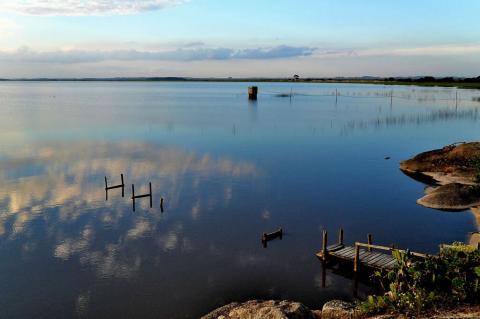The Pampas: South America's Verdant Canvas
The Pampas, a vast and fertile lowland plain region in South America, unfolds like a natural canvas from the Atlantic Ocean to the Andes Mountains. This flat, fertile grassland region is of ecological diversity and cultural significance. It can be divided into three distinct ecoregions: the Uruguayan Savanna, the Humid Pampas and the Semiarid Pampas.














